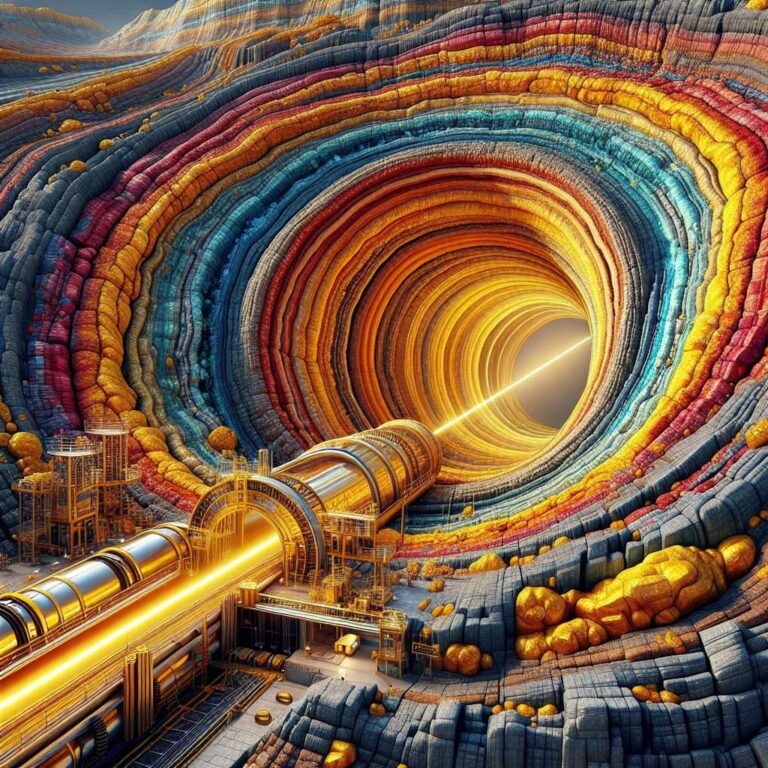Geothermal startup Quaise is seeking to transform the future of energy by using millimeter-wave beams, generated by a device called a gyrotron, to drill through hard rocks deep underground. Unlike traditional drill bits that physically scrape rock, Quaise´s system relies on high-frequency electromagnetic radiation to melt, crack, and even vaporize rock at unprecedented depths. This technique could enable access to geothermal heat from virtually any location, not just geological hot spots like Iceland or the western United States.
Since founding in 2018, Quaise has demonstrated its millimeter-wave drilling tech in controlled lab environments and semi-controlled field tests in Houston. Recent advancements have transitioned the system to real-world scenarios, including successful 100-meter-deep holes drilled in Texas quarries. The approach promises to speed up drilling and reduce costs, overcoming longstanding bottlenecks such as equipment downtime for bit repair or replacement. Using bursts of millimeter-wave energy, the rig heats rocks until they fracture or melt, with a scraping bit and forced air removing the debris. The next technological leap for the company is scaling up to a commercial-grade, one-megawatt gyrotron, scheduled for field trials in 2026.
Despite the potential, experts caution that tough technical and economic hurdles remain. Drilling to extreme depths (10–20 kilometers) is virtually uncharted and requires robust equipment to survive high temperatures and pressures. Additional challenges include the need for directional drilling and ensuring long-term well integrity for power generation. Quaise plans to showcase its capabilities by building a pilot geothermal plant in Oregon, with initial wells targeting 20 megawatts on super-heated volcanic rock. However, bringing the vision to life will require substantial capital and patience from investors, especially in an uncertain climate tech funding landscape. The coming years—and further successful field deployments—will determine whether this unconventional technology can truly open up a new era of global geothermal energy.

